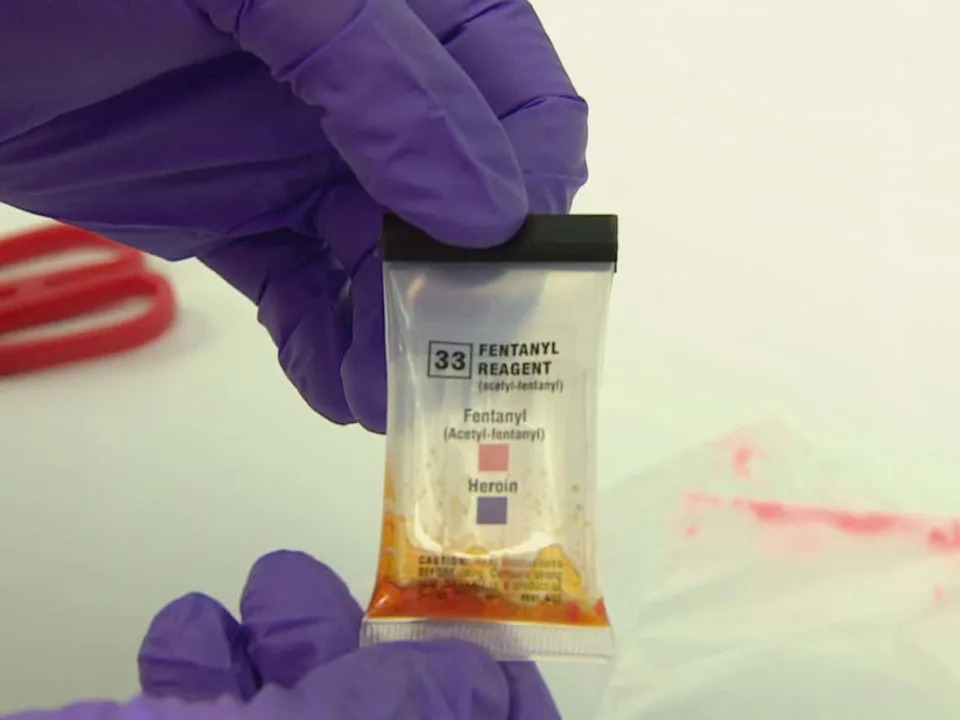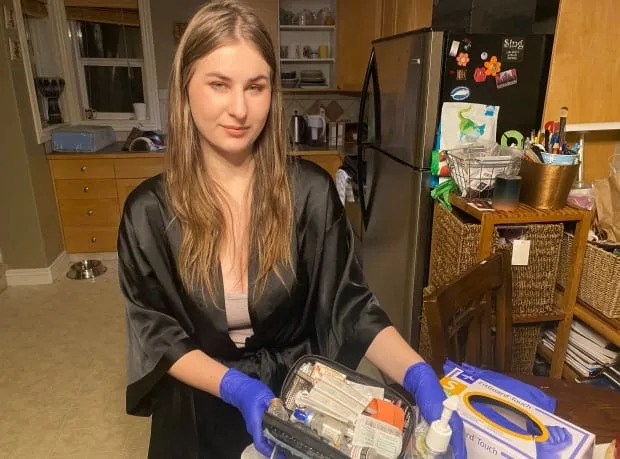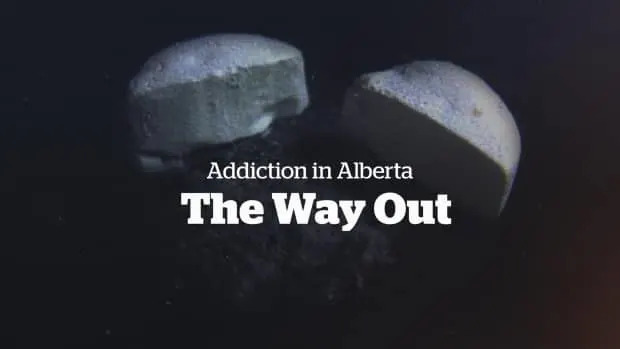Samuel Tobias, PhD Student, School of Population and Public Health, University of British Columbia
Mon, February 6, 2023
On the same day that British Columbia began a new era in drug policy with the decriminalization of simple possession of some drugs, the province’s chief coroner provided a devastating update about the number of lives lost to illicit drugs during the previous year.
On Jan. 31, 2023, B.C. began a three-year pilot project under which simple possession of some drugs (opioids, methamphetamine, cocaine and MDMA) can no longer lead to criminal prosecution or even seizure of the drugs by police. The policy applies to possession of up to 2.5 grams of substance for personal use.
While a major step in the right direction, decriminalization does nothing to tackle what is fuelling the drug-poisoning crisis: the makeup of a toxic and unregulated drug supply.
In fact, imposed carry restrictions of 2.5 grams could theoretically lead to unintended consequences as drugs become more potent to fit within legal limits.
The stated goal of the decriminalization policy change is to remove the stigma associated with drug use to encourage people to seek help when they need it.
While the effects that decriminalization may have on the stigma of drug use remain to be seen, what it won’t affect is the toxicity of the drug supply that is killing thousands of Canadians each year.
Inconsistent and unreliable drug supply
Chemical analysis of drugs (such as from drug checking or police investigations) can tell us what is circulating in the supply, but toxicology results from those who have died from overdoses tell us what is actually causing death.
These data sources describe how increases in adulteration of drugs with fentanyl analogues, benzodiazepines and animal tranquilizers like xylazine are driving the drug poisoning crisis.
Fentanyl has been the main opioid sold on the unregulated market for several years. It is typically sold mixed into other powders like caffeine or sugars to make a final product.
Drug supply monitoring has shown that fentanyl concentration in these powders sold on the street can range from zero to nearly 100 per cent, with a standard sample in B.C. being around 10–15 per cent.
Research conducted in Vancouver has described how fentanyl concentration in these samples was somewhat consistent between 2018 and early 2020, with variability between samples even decreasing over that period. What that may speak to is producers of fentanyl reaching a sort of “sweet spot” that satisfies their customers. People who sell drugs have described how they listen to feedback from their regulars and adjust the product to meet their customers’ needs.
However, following the start of the COVID-19 pandemic, variation in potency between fentanyl samples rose dramatically, leading to further unpredictability. These changes to the fentanyl supply around the spring of 2020 coincided with rates of drug poisonings previously not seen in the province.
Under B.C.’s decriminalization framework, possession for personal use caps at 2.5 grams of substance. While 2.5 grams may be more than enough MDMA for a night out, it may not be enough heroin to last a single day for someone who has a high opioid tolerance. People who use drugs say that to abide by these limits, they will be forced to make more frequent, smaller purchases. With the drug supply as volatile and unpredictable as it is, every new purchase puts someone at risk.
Legal limit may affect potency
Since we know that the drug supply is dynamic, it raises a question: Will the imposed legal carry limit of 2.5 grams result in increased potency of fentanyl to fit within the new 2.5-gram threshold?
Increases in average potency of fentanyl has been shown to be linked to increased drug poisonings in the same geographic area. If the unregulated fentanyl market adjusts to fit more active ingredient into a smaller package, there will be downstream effects on people lives.

An advocate holds a sign at a demonstration in Victoria in April 2022. Decriminalization alone may have little effect on drug deaths without changes to the addiction treatment system.
THE CANADIAN PRESS/Chad Hipolito
The provincial and federal governments have committed to a data-driven approach to decriminalization. Ongoing drug supply monitoring will help public health professionals characterize what changes occur to the unregulated drug supply as a result of the policy change. Yet the act of decriminalizing drugs for personal use does not have any direct effect on the cause of the ongoing poisoning crisis.
The consensus among experts has consistently pointed to unpredictable drugs from an unregulated supply and the absence of a functioning addiction treatment system. For those who want to seek treatment, the lack of available space leaves people waiting, once again left to rely on the toxic drug supply.
If B.C. is serious about confronting the leading cause of unnatural death in the province, it is going to take far more than decriminalizing simple drug possession. People who use drugs require an alternative to the toxic unregulated supply to not be risking their lives every time they use drugs.
Increasing access to a safer supply of drugs through a variety of formats and providing meaningful funding for accessible treatment options are some examples of ways the province can take immediate steps to make an impact.
In the meantime, six more people will die today from a drug poisoning in B.C. And another six will die tomorrow. How many more days can this go on?
This article is republished from The Conversation, an independent nonprofit news site dedicated to sharing ideas from academic experts.
It was written by: Samuel Tobias, University of British Columbia.
Read more:
Decriminalizing hard drugs in B.C. follows decades of public health advocacy
Decriminalizing drug use is a necessary step, but it won’t end the opioid overdose crisis
The provincial and federal governments have committed to a data-driven approach to decriminalization. Ongoing drug supply monitoring will help public health professionals characterize what changes occur to the unregulated drug supply as a result of the policy change. Yet the act of decriminalizing drugs for personal use does not have any direct effect on the cause of the ongoing poisoning crisis.
The consensus among experts has consistently pointed to unpredictable drugs from an unregulated supply and the absence of a functioning addiction treatment system. For those who want to seek treatment, the lack of available space leaves people waiting, once again left to rely on the toxic drug supply.
If B.C. is serious about confronting the leading cause of unnatural death in the province, it is going to take far more than decriminalizing simple drug possession. People who use drugs require an alternative to the toxic unregulated supply to not be risking their lives every time they use drugs.
Increasing access to a safer supply of drugs through a variety of formats and providing meaningful funding for accessible treatment options are some examples of ways the province can take immediate steps to make an impact.
In the meantime, six more people will die today from a drug poisoning in B.C. And another six will die tomorrow. How many more days can this go on?
This article is republished from The Conversation, an independent nonprofit news site dedicated to sharing ideas from academic experts.
It was written by: Samuel Tobias, University of British Columbia.
Read more:
Decriminalizing hard drugs in B.C. follows decades of public health advocacy
Decriminalizing drug use is a necessary step, but it won’t end the opioid overdose crisis
We're looking at the ways out of addiction in Alberta. Read what we've discovered so far
Mon, February 6, 2023

The Calgary Police Service tests drugs to see what is circulating in the community. This package shows the presence of fentanyl. (James Young/CBC - image credit)

CBC
CBC Calgary launched a week-long series Monday exploring the people and the policymakers searching for The Way Out of Addiction in Alberta.
It explores recovery, harm reduction and access to safe supply. It also tells the stories of the people impacted.
If there was something that touched you, or an angle the team missed or you have another story to share relating to addictions, we're listening.
CBC Calgary wants that feedback. We're asking if you might put it in this form so we don't lose any of it.
Meantime, if you missed any part of our series, please find the links to each article below.
Why an Alberta lawyer is pushing back on part of the province's new addictions strategy

Sam Martin/CBC
The provincial government has changed the rules around who can prescribe high-potency, short-acting opioids like hydromorphone.
So 21-year-old Ophelia Black has sued the province. Her lawyer is Avnish Nanda.
Once homeless and addicted to drugs, the premier's chief of staff leads the province's opioid response
Alberta wants to become the Canadian epicentre of the treatment and recovery movement. And the man behind the movement is Marshall Smith.
Once addicted to drugs and homeless, he now has the ear of politicians across the country.
Calgary woman sues province to maintain access to drug she says has saved her from overdose

Judy Aldous/CBC
A 21-year-old Calgary woman is suing the Alberta government to maintain access to her prescription for a high-potency opioid, which she says has saved her from overdosing on street drugs.
Share your thoughts regarding The Way Out: Addiction in Alberta

CBC
We've documented the fundamental shift that Alberta is taking in the way addictions are treated in this province.
Will it help or hurt?
As we continue to tell these stories, we want to hear from you. Tell us what you think of the stories you read or heard. And do you have an experience of your own to share?
Mon, February 6, 2023

The Calgary Police Service tests drugs to see what is circulating in the community. This package shows the presence of fentanyl. (James Young/CBC - image credit)

CBC
CBC Calgary launched a week-long series Monday exploring the people and the policymakers searching for The Way Out of Addiction in Alberta.
It explores recovery, harm reduction and access to safe supply. It also tells the stories of the people impacted.
If there was something that touched you, or an angle the team missed or you have another story to share relating to addictions, we're listening.
CBC Calgary wants that feedback. We're asking if you might put it in this form so we don't lose any of it.
Meantime, if you missed any part of our series, please find the links to each article below.
Why an Alberta lawyer is pushing back on part of the province's new addictions strategy

Sam Martin/CBC
The provincial government has changed the rules around who can prescribe high-potency, short-acting opioids like hydromorphone.
So 21-year-old Ophelia Black has sued the province. Her lawyer is Avnish Nanda.
Once homeless and addicted to drugs, the premier's chief of staff leads the province's opioid response
Alberta wants to become the Canadian epicentre of the treatment and recovery movement. And the man behind the movement is Marshall Smith.
Once addicted to drugs and homeless, he now has the ear of politicians across the country.
Calgary woman sues province to maintain access to drug she says has saved her from overdose

Judy Aldous/CBC
A 21-year-old Calgary woman is suing the Alberta government to maintain access to her prescription for a high-potency opioid, which she says has saved her from overdosing on street drugs.
Share your thoughts regarding The Way Out: Addiction in Alberta

CBC
We've documented the fundamental shift that Alberta is taking in the way addictions are treated in this province.
Will it help or hurt?
As we continue to tell these stories, we want to hear from you. Tell us what you think of the stories you read or heard. And do you have an experience of your own to share?
No comments:
Post a Comment